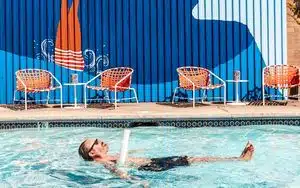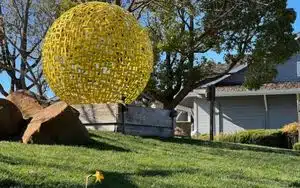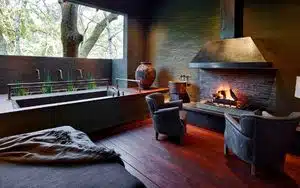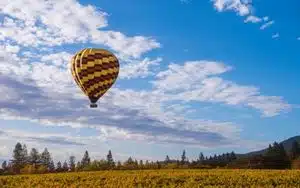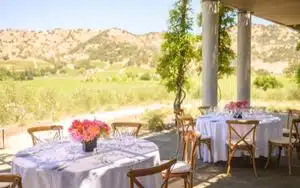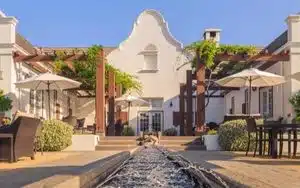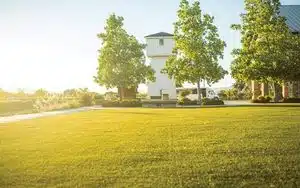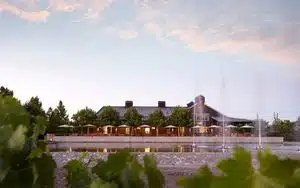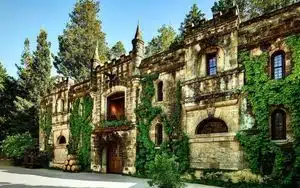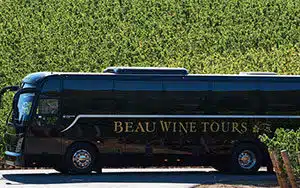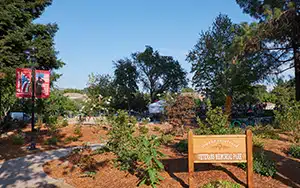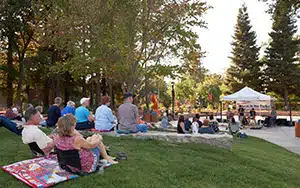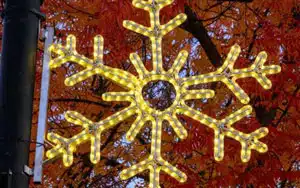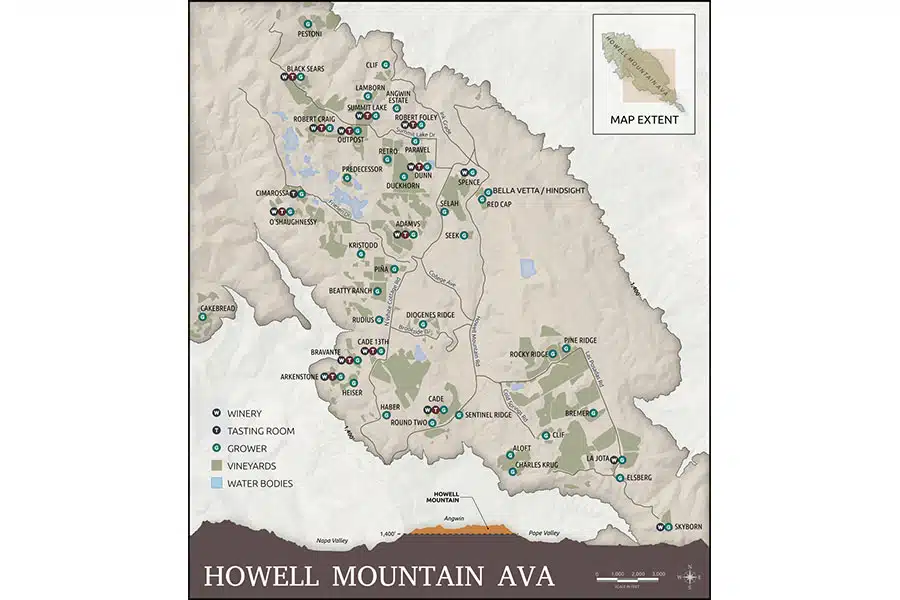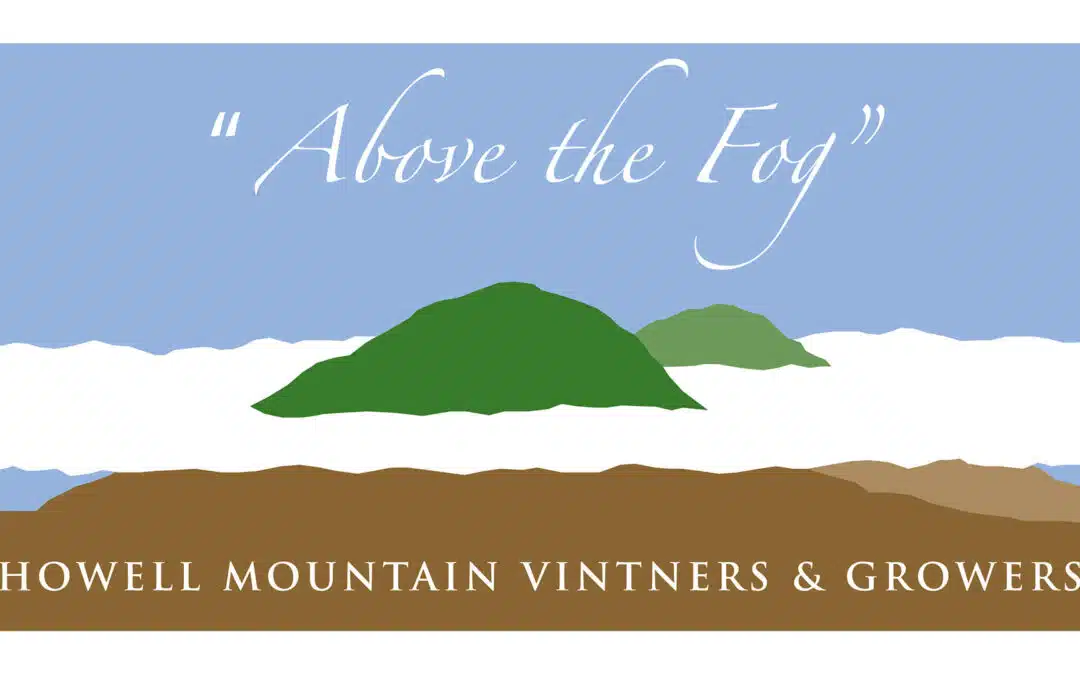Napa Valley Wineries
The Howell Mountain Vintners & Growers Association represents wineries and growers within the Howell Mountain appellation.
The Howell Mountain Appellation, with its rolling hills and unique microclimates, offers spectacular views and a rich tapestry of vineyards to explore. We welcome you to take advantage of everything this off-the-beaten-path destination has to offer. Discover for yourself the best place on earth just “above the fog”.
The Appellation
When the fog rolls off the ocean and into the Napa Valley, the weather on Howell Mountain is generally sunny and cool. The appellation owes its distinctive climate to the fact that it is positioned well above the valley floor. Because of its altitude, generally, evening temperatures are warmer and daytime temperatures are much cooler—leveling out spikes in heat that tend to be more exaggerated at lower elevations. Although it gets nearly twice as much rainfall as the valley below, the soil tends to be dry, because rocky, porous soil conditions allow for adequate drainage and less accumulation. Seasonally, cooler spring temperatures cause buds to break later than average, and warm summer nights produce fruit that demonstrates a great balance between acidity and sugar. All of which, translates into a rich diversity of complexity and flavor in your glass.
History in the making
Chief among those moving early onto the mountain to establish vineyards were Jean Adolph Brun and Jean V. Chaix—two experienced vintners who planted hundreds of acres of vineyards and made a success selling the wine they produced. Because they also owned an Oakville operation (today the location of The Napa Wine Co.), they were among the most successful local wine businesses during the boom of the 1880s. Eventually the operation sold out to others and was closed during Prohibition. Since then, however, it has been completely renovated, and is now home to Ladera Vineyards.
Other famous winegrowers who moved to the area were Charles Krug, W.A.C. Smith, Frederick Hess, and W.S. Keyes who started Liparita Vineyards and then built another stone winery, known as La Jota today. By the end of the decade, there were more than 600 acres of wine grapes planted, and the vineyards on Howell Mountain had developed an excellent reputation for their wines.
On the map
In 1889, the Howell Mountain region made history when Brun & Chaix won a Bronze metal at the Paris World Competition. Ten years later, Keyes took gold and bronze, while Hess walked away with bronze for his La Jota Vineyard Co. Blanco table wine. Later, in 1904 at the St. Louis Exposition, Keyes repeated his Paris triumph by winning the grand prize for his renowned red wine. Collectively, these medals proved the longstanding reputation of Howell Mountain wines.



